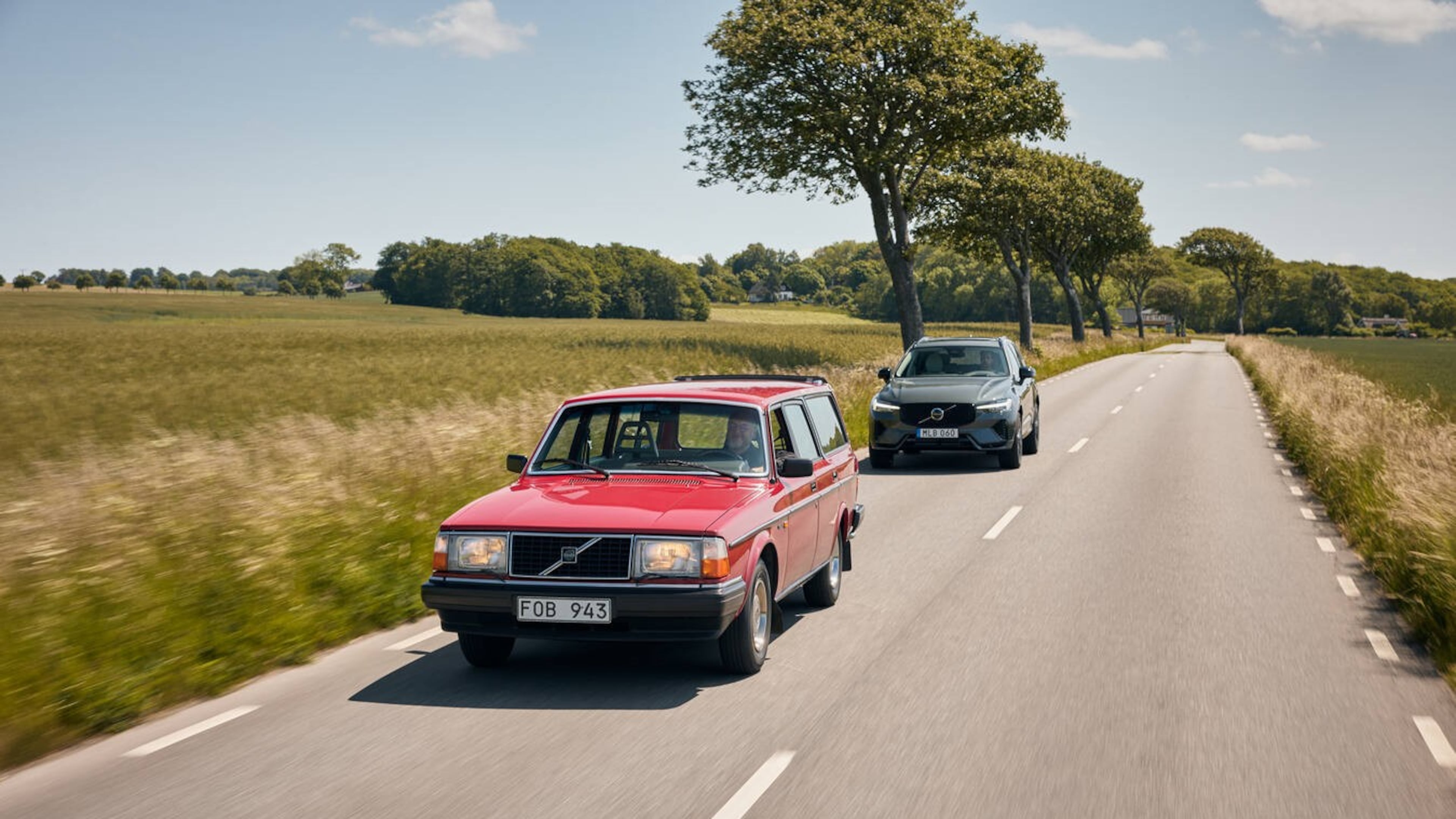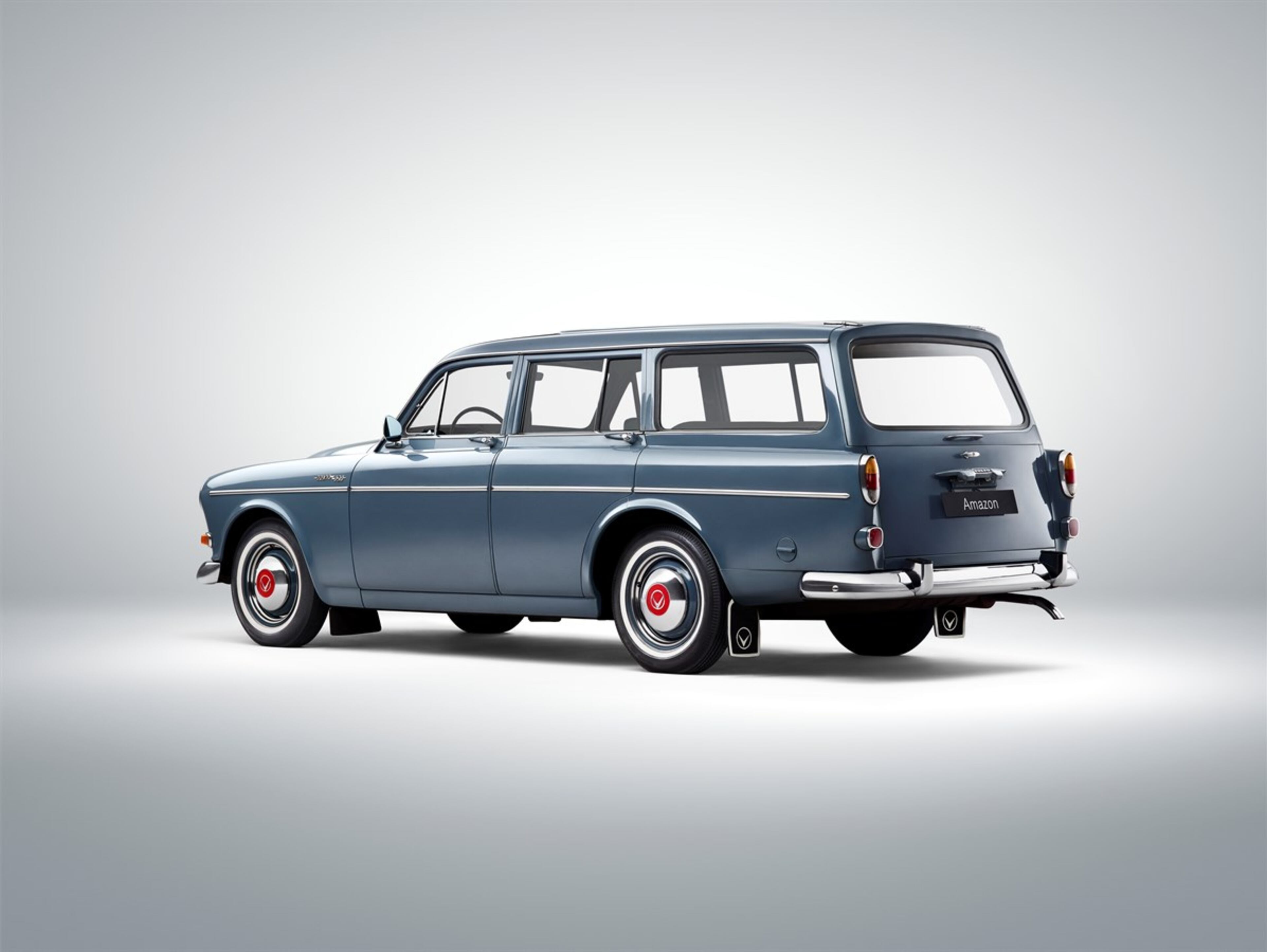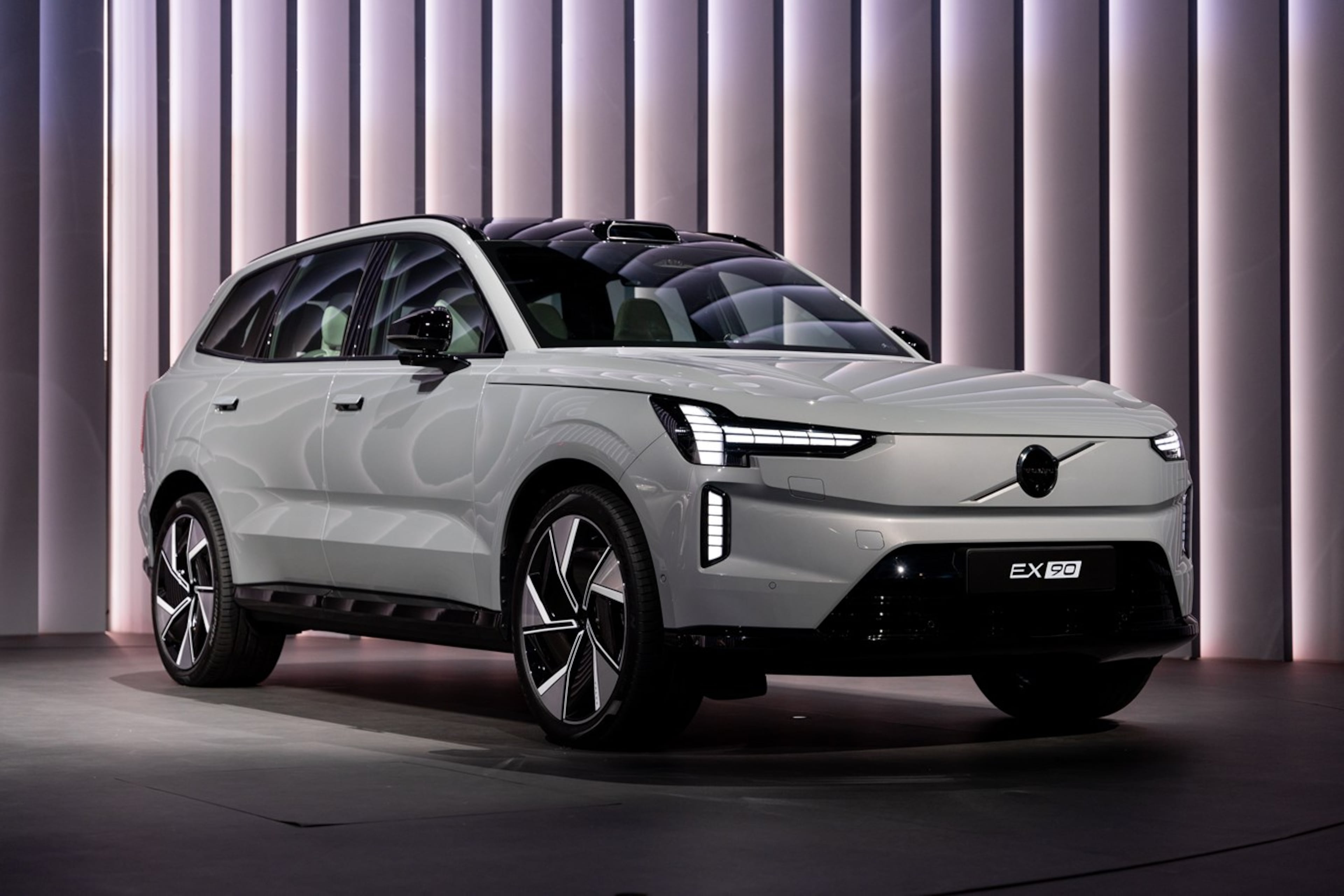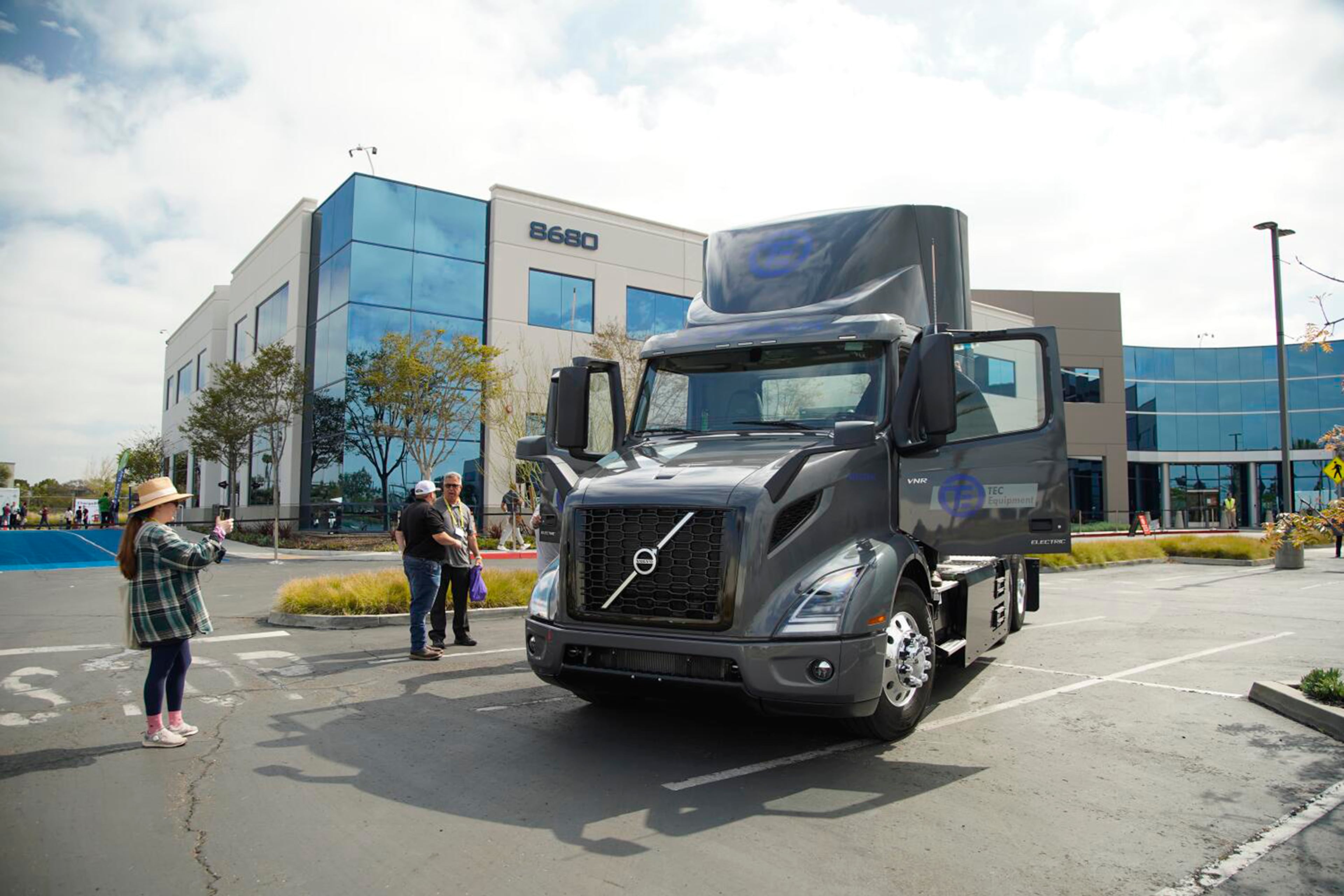Volvo marks 70th anniversary in the U.S.

It’s been 70 years since Volvo began selling cars in the United States. In September 1955, Volvo unveiled to the public the PV444 prototype, a maroon coupe with whitewall tires, in the Swedish pavilion at the California State Fair & Exposition in Sacramento. Later that year, Volvo sold its first new car in the U.S., a model similar to that maroon prototype.
Volvo started producing cars in Gothenburg, Sweden, in 1927. Since then, the company has grown into one of the world’s largest manufacturers of commercial vehicles and passenger cars.
Notable Volvos of the past
Volvo 122
Sold from 1957 to 1970, the 122 (later 122S) is also known as the Amazon, but a copyright dispute allowed the use of that name only in Sweden. In 1959, Volvo became the first automaker to make seat belts standard equipment. The 122S/Amazon was the car equipped with that innovation. During the run of the model, Volvo added two-door (designated “121″) and wagon (“220″) versions to the 122 four-door in the lineup.

Volvo P1800
Sharing many mechanical parts with the Amazon, the P1800 was a two-door sports car that debuted as a 1961 model. Post-1963 versions would be named “P1800 S” and later “1800 S” after body panel pressing functions moved from Scotland to Sweden. Volvo 1800 ES is a two-door wagon, also known as a “shooting brake,” version of the 1800. It was made famous in 1971 when Roger Moore’s character, Simon Templar, drove it in the international television hit, “The Saint.” Volvo ceased production of the 1800 in 1973 after a 12-year run.
Volvo 240 series
This family of coupes (242), sedans (244) and wagons (245) is probably the Volvo model Americans know best and ran from 1974 to 1993. The lineup’s boxy design maximized interior space, and its engineering emphasized safety, durability and reduced emissions. Volvo’s “Lambda Sond” oxygen sensor, pioneered on the 240, optimized the air-fuel mixture for better combustion. This feature helped Volvo become one of the cleanest gasoline-powered cars in the U.S., leading to today’s fuel-efficient and cleaner-burning cars. Today, 240 models with 200,000 or 300,000 miles of use still show up for sale, ready to serve another family.
Volvo 850
This Volvo laid the groundwork for muscular models for years. Four-door sedan and five-door wagon examples carried on the familiar boxy Volvo exterior, but packed a wallop under the hood with a five-cylinder engine and available high-performance turbocharged variants. Inspired by — or maybe because of — Volvo’s return to motorsports in 1994, the 1994 850 T5-R was the most powerful Volvo had made to date. On the safety side of the equation, in 1994, the 850 became the first car in the world to offer side impact air bags.
Volvo XC40 Recharge
Volvo’s first all-electric vehicle debuted in 2021. Volvo renamed the compact SUV “EX90” beginning with the 2024 model year.
Volvo EX90
This large, luxurious, three-row electric SUV is exactly what you’d expect from an electric Volvo. It is efficient, loaded with standard safety features, and distinctly Swedish inside and out.

More than just passenger cars
Beyond Volvo Cars, the company’s passenger car division, there’s Volvo Group, which makes commercial vehicles marketed under some familiar names.
Volvo Group builds Volvo trucks, Renault Trucks, Mack Trucks, Volvo Penta and Prevost. The Prevost name might not be familiar, but you’ve seen them on the road. Ever noticed one of those huge touring buses for a rock band or a professional sports team? That’s probably a Prevost.

Volvo today
In 2024, Volvo sold 763,389 passenger vehicles globally, an 8% increase over 2023. The brand is known for its commitment to safety, having pioneered features like the three-point seat belt, rear-facing child seats and side air bags.
Volvo’s current lineup includes three fully electric SUVs — the EX30, EX40 and EX90 — as well as hybrids and plug-in hybrids. The EX90 is the most sophisticated and advanced Volvo ever produced, boasting an estimated 310 miles of driving range and 510 horsepower. Its on-road manners and comfortable cabin rank it as one of the plushest three-row SUVs — regardless of the power source. Volvo builds the EX90 in the U.S. at the company’s Ridgeville, South Carolina, plant, which opened in 2018.
Volvo vehicles are not only safe and efficient, they’re also quick. Many are subtle performance cars. The XC60 Plug-in Hybrid, for example, teams a turbocharged and supercharged gas engine with an electric motor to deliver 455 horsepower. This combination adds up to a very quick compact SUV.
You can see Volvo’s commitment to clean air in its electric car effort and hybrid technology. The company continues to develop efficient gasoline engines that don’t sacrifice power or fun. Volvo is looking toward the future — but it is fun to see where it all started.
Brian Moody is a senior editor of Kelley Blue Book and Autotrader and an automotive expert specializing in transportation, car shopping, electric cars, in-car technology and future vehicles.
The Steering Column is a weekly consumer auto column from Cox Automotive. Cox Automotive and The Atlanta Journal-Constitution are owned by parent company, Atlanta-based Cox Enterprises.


